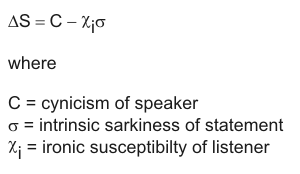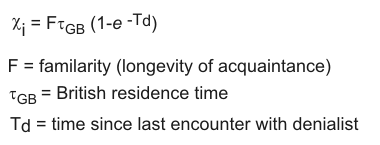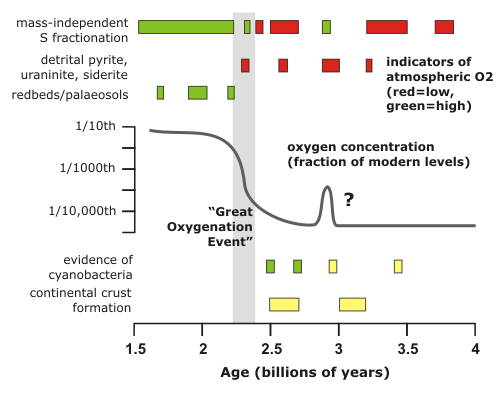Regulars in the science blogosphere have probably already heard about the Bloggers for Peer-Reviewed Research Reporting (BPR3) Initiative, which aims to provide a means of highlighting blog entries which eschew regurgitation of press releases about recently published research and instead examine the papers themselves. Given that press releases have occasionally been known to mangle results and conclusions beyond all recognition, and have an irritating habit of not linking back to the papers that they’re talking about, I think that pointing people in the direction of bloggers who have taken the time to report what the peer-reviewed literature actually says is a great idea. Last week’s post on the oxygenation of the Earth’s atmosphere (which involved a fair amount of literature perusal) was my first opportunity to use one of the nifty BPR3 icons, but I’ve also gone back through the last three months of posting to add it to other relevant entries:
- October
- The Indian plate’s days as a Cretaceous boy racer
- Defusing Mount Kelud
- Out of the ice age, into the asteroid shower
- Mars less wet than we thought?
- Bacteria and black smokers go back a long way
- Lusi: not man-made after all?
September
August
Given my posting frequency, and the fact that I like to think I maintain a reasonably high signal to noise ratio, I was surprised that there weren’t more; something to think about for the future, perhaps.






Nice plan for content warnings on Mastodon and the Fediverse. Now you need a Mastodon/Fediverse button on this blog.